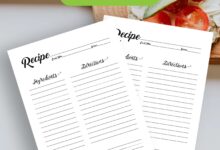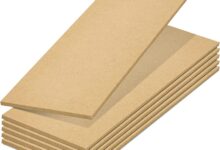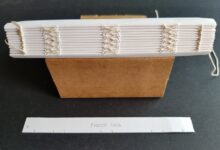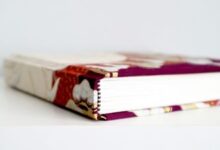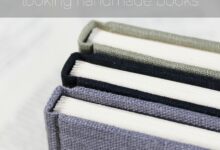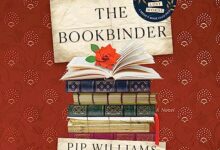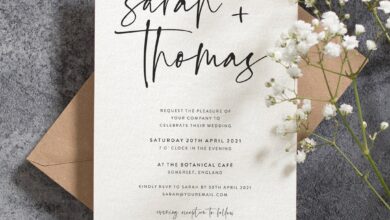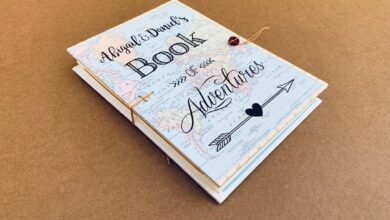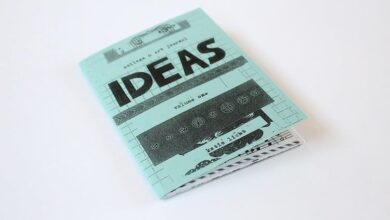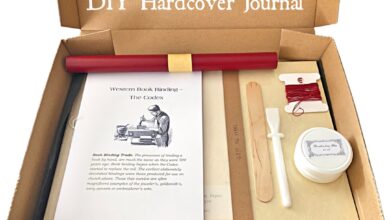The Ultimate Guide to BookBinding Techniques
Contents
- 1 📚 Introduction 📚
- 1.1 Types of BookBinding Techniques
- 1.1.1 Classifications of BookBinding Techniques
- 1.1.2 Materials for BookBinding
- 1.1.3 Tools Required for BookBinding
- 1.1.4 All About Saddle-Stitched BookBinding Technique
- 1.1.5 All About Perfect-Bound Bookbiding Technique
- 1.1.6 All About Spiral-Bound BookBinding Technique
- 1.1.7 All About Case-Bound/Hardbound Bookbinding Technique
- 1.2 Strengths and Weaknesses
- 1.3 Frequently Asked Questions (FAQs)
- 1.3.1 1. What is the most durable binding method?
- 1.3.2 2. What is the most affordable binding method?
- 1.3.3 3. Why use spiral-bound binding?
- 1.3.4 4. What is the difference between perfect binding and saddle-stitched binding?
- 1.3.5 5. What is the difference between hardbound and softcover books?
- 1.3.6 6. How can I choose the best material for bookbinding?
- 1.3.7 7. Can I create a bookbinding project without any professional tools?
- 1.4 Conclusion
- 1.1 Types of BookBinding Techniques
- 2 📚 Closing Words 📚
📚 Introduction 📚
Hello visitors and welcome to the Ultimate Guide to BookBinding Techniques. Do you have a passion for creating your own books or repairing old ones? Or do you just want to learn a new hobby? Then you’ve come to the right place. Here, we’ll be delving into various bookbinding techniques to assist you in your bookbinding journey.
Bookbinding is the process of physically assembling a book from an ordered stack of paper sheets that are folded together into sections or sometimes left as a stack of individual sheets.
This guide will cover different types of bookbinding processes, tools needed, resources, and even different types of binding materials. Whether you are a novice or an experienced bookbinder, this guide will take you to the next level of bookbinding.
Buckle up and let’s dive in!
Types of BookBinding Techniques
Classifications of BookBinding Techniques
First, let us familiarize ourselves with the key classifications of the binding process. This can help in understanding the techniques and methods useful at each stage of bookbinding.
| Classification | Description |
|---|---|
| Saddle-stitched | This binding process is suitable for small booklets, with approximately 64 pages or less. The folded pages are held together by staples, in the fold crease at their center. |
| Perfect-bound | This method of binding uses glue to fix the paper sections to the spine. These books are cheaper to produce, but less sturdy than hardcover books. |
| Spiral-bound | This method uses a single coil of wire that is passed through a series of holes punched near the binding edge of a book. |
| Case-bound/Hardbound | Hardcover books are one of the preferred ways of binding. This method involves stitching the pages together before gluing them to the cover. Hardcover books are more permanent and usually last longer. |
Materials for BookBinding
Materials used for binding can vary depending on the technique used and the desired outcome. However, the most common materials include cardstock, glue, thread, and leather.
Tools Required for BookBinding
The tools required will differ depending on the technique used but some fundamental tools needed are bone folder, bookbinding needles, awl, and brushes.
All About Saddle-Stitched BookBinding Technique
Saddle-stitched bookbinding is the ideal method for small booklets or pamphlets with a limited number of pages, mostly less than 64 pages. In this technique, booklets are folded in half and attached through the spine with staples or stitches.
All About Perfect-Bound Bookbiding Technique
Perfect-bound books are common in the industry because of their low cost and ease of production. This method uses adhesive glue to attach the papers’ folded spine to the folded book cover, creating a square spine. Commercial printers prefer this method because it saves time and reduces the overall cost of production.
All About Spiral-Bound BookBinding Technique
Spiral-bound books are a great option for when extra space is needed for images or designs, making it an excellent choice for journals or keepsakes. This binding method uses a spiral coil that is passed through a series of holes punched along one side of the book.
All About Case-Bound/Hardbound Bookbinding Technique
Hardcover books are worth every penny, and they make an excellent impression when compared to their softcover counterparts. For this method, the pages are sewed together, and then the spine is glued to the hard covers and folded to create a text block.
Strengths and Weaknesses
Strengths
One of the most significant advantages of bookbinding is that you can easily create a customized product. Bookbinding is a process that allows you to choose the materials, binding technique, and design that will meet your needs. Bookbinding is also a very fulfilling activity that can help to tap into your creative side.
Weaknesses
Despite the advantages, bookbinding has its cons. The process can be time-consuming and, at times, costly to invest in all the necessary supplies and equipment. Additionally, the hardbound books can be cumbersome and bulky, making them less convenient to move around with.
Frequently Asked Questions (FAQs)
1. What is the most durable binding method?
Hardcover binding techniques, such as case-bound and Smyth-sewn binding, are the most durable since they are built to withstand years of use and are less likely to break or tear. These binding techniques are ideal for children’s books and books that get frequent use.
2. What is the most affordable binding method?
Saddle-stitched binding is the most affordable as it is best for small booklets with fewer pages. The cost of the paper used will drastically affect the overall price. Using standard paper will make the final product more affordable than using premium quality paper.
3. Why use spiral-bound binding?
This binding method is ideal for books with a large number of pages and image-heavy books such as photo books, manuals or music books. The binding allows the book to lay flat, making it easier to read and use.
4. What is the difference between perfect binding and saddle-stitched binding?
Saddle-stitching is primarily used for booklets, while perfect binding is used for longer documents like instruction manuals, magazines and journals. Perfect binding involves gluing the paper’s spine to the cover while saddle-stitching involves sewing or stapling the pages together before attaching the cover.
5. What is the difference between hardbound and softcover books?
The difference lies primarily in the cover types used. Softcover books have a paper or laminated cover, while hardcover books have a more durable and heavier cover made of cardboard that is covered with cloth or another material such as leather.
6. How can I choose the best material for bookbinding?
Select the best materials for your book design. Consider the weight and color of the paper and cover material. Also, put consideration into the aspect of durability and longevity.
7. Can I create a bookbinding project without any professional tools?
Yes! You can easily produce a bookbinding project with a few everyday office tools. The selection of your paper, cardboard or leather can also impact the project of your bookbinding project.
Conclusion
Now that we’ve come to the end of The Ultimate Guide to BookBinding Techniques, we hope we’ve provided you with enough information and inspiration to get started on your own project. Bookbinding is both an art and science and can be a very fulfilling hobby. It can also be used as a revenue-generating venture by selling customized books.
We wish you all the best in your bookbinding journey and look forward to hearing about how you’ve used this guide to create a masterpiece.
📚 Closing Words 📚
As a disclaimer, the process of bookbinding can be time-consuming, and the outcomes can vary depending on the materials used and the skill level of the person binding. However, with enough practice and patience, the results can be very fulfilling.
Originally posted 2023-06-08 23:12:00.
